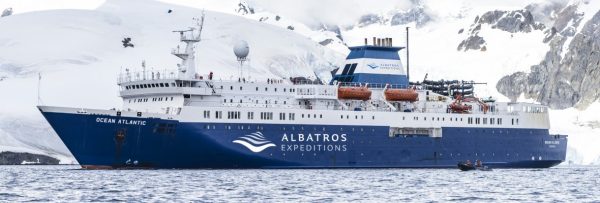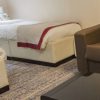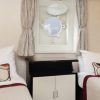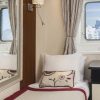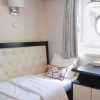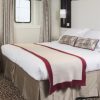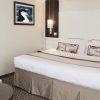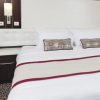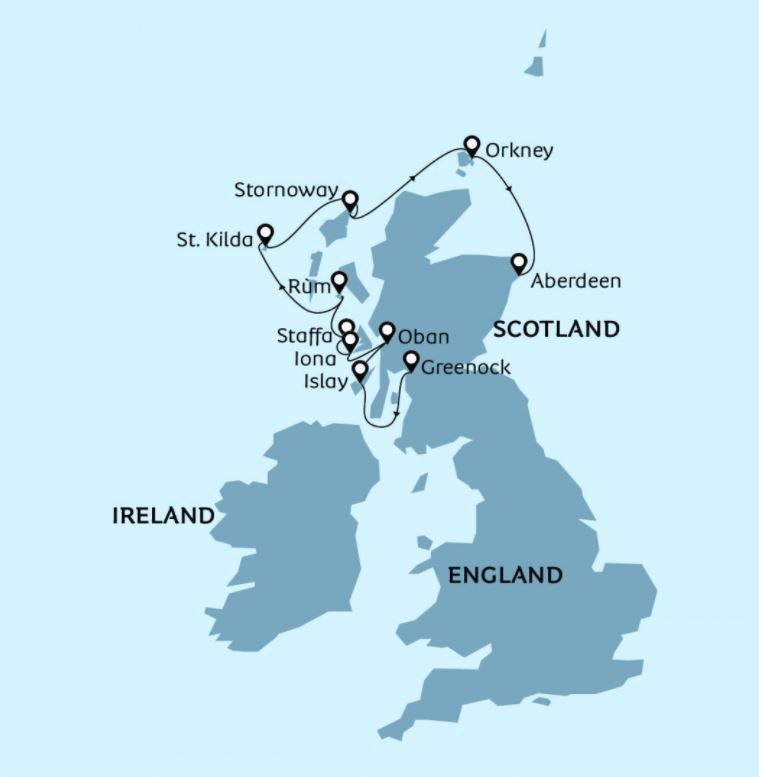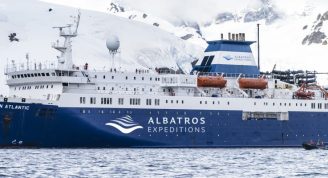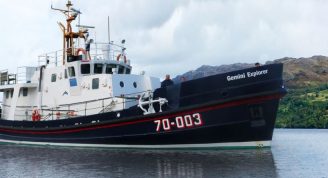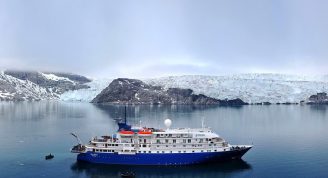Description
As a tiara of rough dark-brown rubies, small islands adorn the Scottish coastline all the way from Glasgow in the west to Aberdeen in the east. And none of these fascinating history-filled islands are easy to get to.
On this special voyage, you will get a unique chance to visit no less than seven Scottish islands. Each one is begging to tell you stories about a dramatic past reaching back millions of years to a birth from hot molten lava, millenniums to stone age dwellings – or just 12 years to create splendid single malt whiskies.
Our journey begins in the port of Greenock on the Scottish West Coast. Embarking on Albatros’ expedition vessel Ocean Atlantic we head for our first landing on the island of Islay, home to several world famous brands of peaty whiskies. Further north to Oban and Iona and onwards to Staffa and Rùm with their dramatic displays of volcanic eruptions. During evening lectures on board, your will get to understand their geological history.
We continue to the Outer Hebrides to make landings on remote Hirta in the St. Kilda archipelago and on Lewis in the town of Stornoway. North of the mainland lie the rugged and scenic islands of Orkney, home to some of Europe’s oldest preserved dwellings – and Scotland’s northernmost whisky factory! The voyage ends in Aberdeen, in mainland Scotland.
This spring cruise with Ocean Atlantic is the ultimate journey in the exciting Scottish waters, complete with whisky, wildlife and spectacular landscapes!
Albatros Expeditions’ own vessel, MV Ocean Atlantic, is relatively small compared to traditional cruise ships. This excellent ice-class expedition vessel is built to tackle hard weather conditions in polar waters, while ensuring your comfort in well-appointed accommodations. Aboard, life is relaxed and cozy. Meals are prepared by professional chefs and served by friendly, helpful staff, who speak a variety of languages.
The cruise does not make any special requirements for you as a participant, but it is assumed that you are agile and good on your feet. Some landings will be made with the ship’s Zodiac rubber boats, and this requires some agility to get in and out of. The journey takes place in the mild spring, and we expect calm sea, sun and temperatures of 10 to 15 degrees.
OPTIONAL EXCURSIONS
Orkney: Bus to the neolithic settlement: Skara Brae. Return to Kirkwall for a spirit tasting.
Lewis Island: Bus excursion to Callanish Neolithic Standing Stones and wild Hebridian landscapes


